Tag: Featured
-

Connected bikini warns of sunburn risk
A Spinali bikini, developed by Marie Spinali of Mulhouse, measures exposure to ultraviolet radiation and alerts wearers when they are at risk of sunburn. Its waterproof sensor measures UV exposure and sends smartphone alerts. There is room for error, however, as the alarms are based on a user’s own skin type description. Obviously more of a…
-
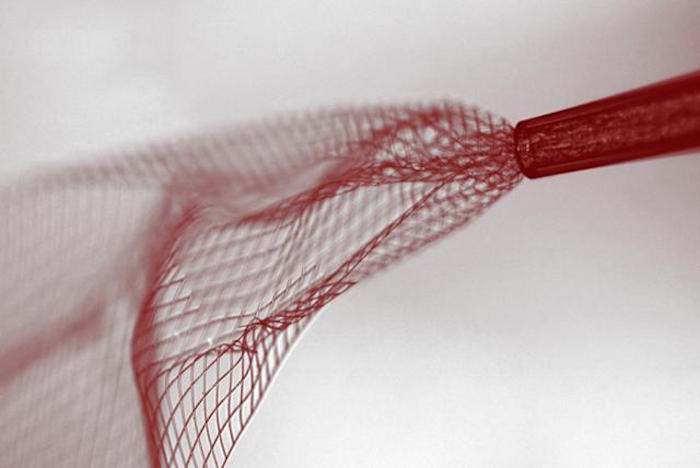
Injectable electronics treat neurodegenerative disorders
Harvard‘s Charles Lieber has developed a device that can be injected into the brain to treat neurodegenerative disorders and paralysis. The nanoscale electronic scaffold is injected with a syringe. The scaffolds then connect to devices used to monitor neural activity, stimulate tissues, or promote neuron regeneration. In an earlier study, Lieber demonstrated that cardiac or nerve…
-
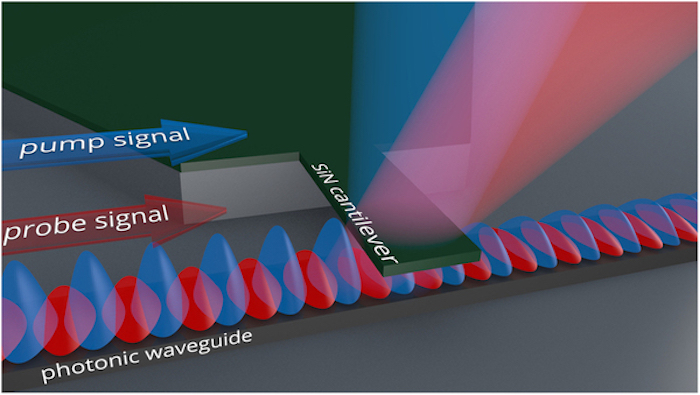
HIV, hepatitis, herpes, cancer detecting nanosensor
Dmitry Fedyanin and Yury Stebunov from the Moscow Institute of Physics and Technology have developed a highly sensitive biological object detecting nanosensor. The tiny sensor analyzes the chemical composition of substances and can detect viral disease markers in HIV, hepatitis, and herpes. It can also help doctors identify tumor markers. The optical sensor can track changes…
-
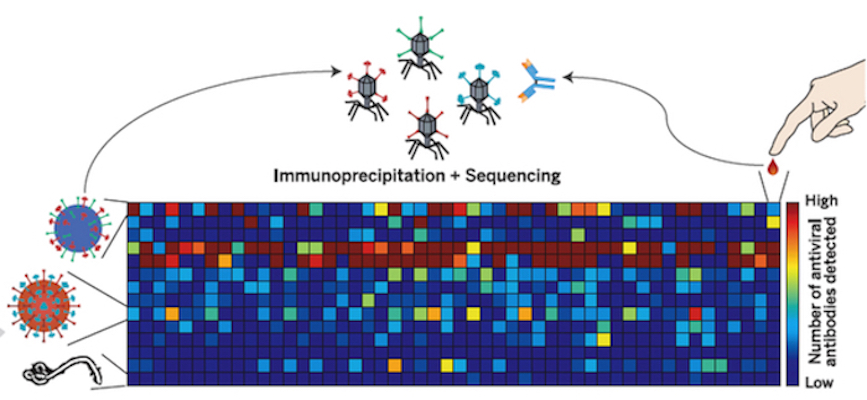
Single blood drop test for 1000 current or previous viruses
VirScan allows simultaneous testing for 1,000 virus strains that currently or have previously infected a person, using one drop of blood. The research, from Howard Hughes Medical Institute, Brigham and Women’s Hospital, and Harvard, describes the interplay between immunity and the human virome. In the study, blood samples from 600 people in Peru, the United States,…
-
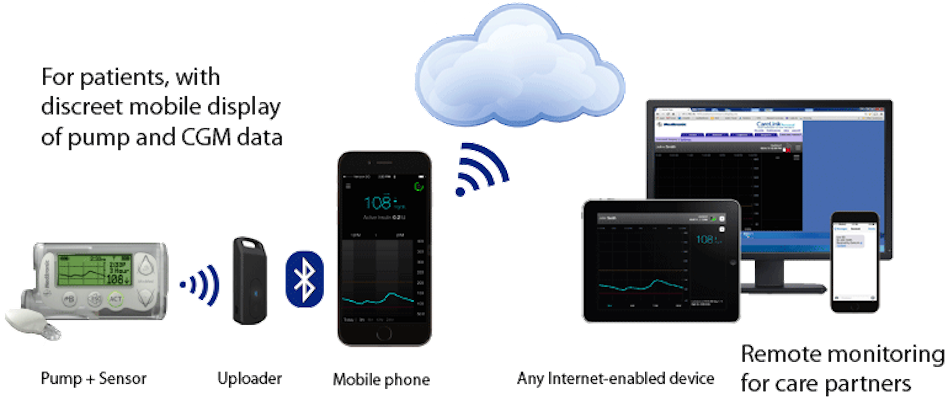
Integrated insulin sensor, infusion, data, notification system
Medtronic’s MiniMed Connect is placed in a pocket or on a keychain. It reads, displays and transmits data from the company’s implanted pumps. An external glucose sensor and insulin pump continually deliver insulin through an infusion system under the skin. It can be programmed to shut off automatically if glucose levels reach predefined thresholds. Glucose and…
-
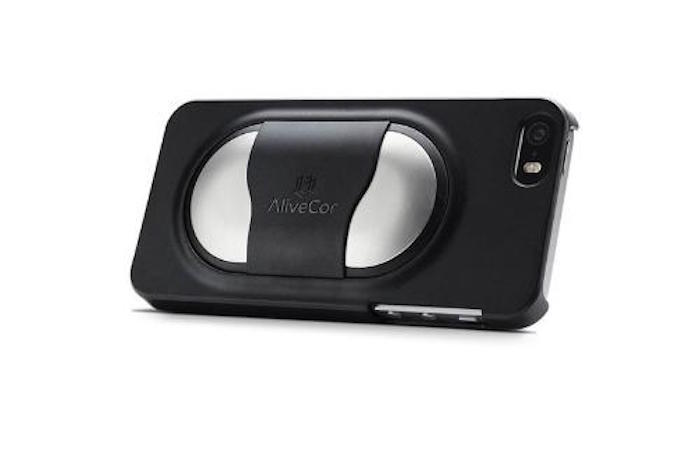
Phone ECG detects irregular heartbeat
USC‘s Leslie Saxon has released a study showing that smartphone ECG sensors can detect atrial fibrillation in the general population. 865 participants were given AliveCor enabled smartphone ECG sensors. 57,703 thirty-second ECGs were recorded and wirelessly transmitted to the cloud via an acquisition and interpretation app. AF was detected in 185 recordings from 93 participants. After…
-
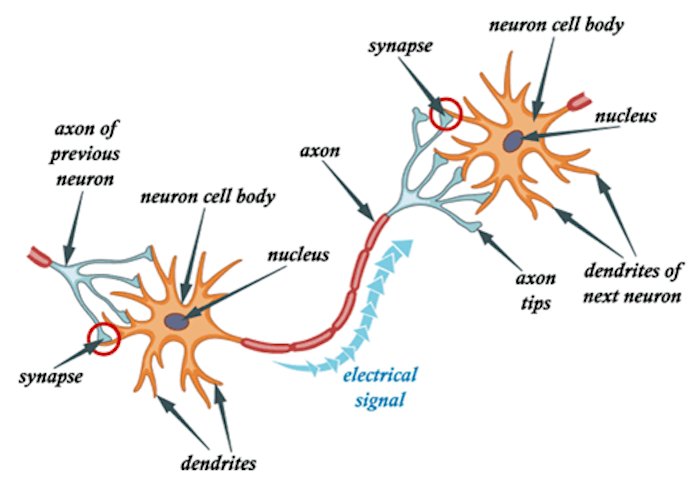
Brain reactions could replace passwords
Binghamton professors Sarah Laszlo and Zhanpeng Jin believe that they can verify a person’s identity by using EEG to monitor the way brains respond to words. Their Neurocomputing paper puts forth the view that thoughts can replace passwords. In April, 2013, ApplySci described a similar study by Berkeley‘s John Chuang. The researchers observed brain signals of 45 volunteers…
-
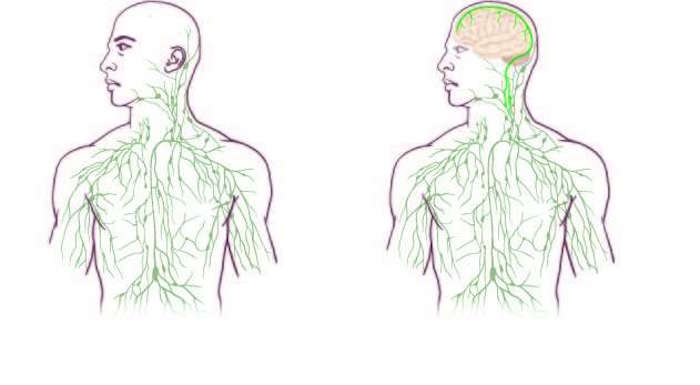
Brain – immune system link
Antoine Louveau, of University of Virginia‘s Kipnis Lab, has discovered a direct connection between the brain and the immune system via previously unknown vessels. The finding could have significant implications for the study and treatment of neurological diseases, including autism, Alzheimer’s, and multiple sclerosis. According to Professor Kipnis: “It changes entirely the way we perceive…
-
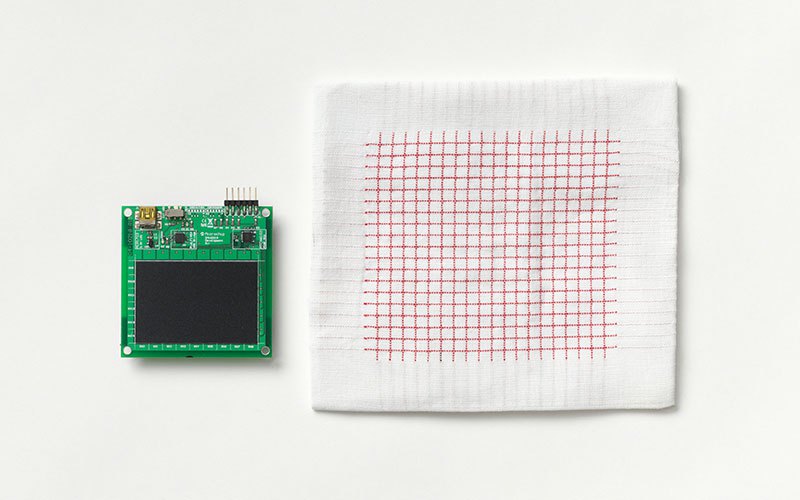
Google’s conductive fabric for everyday wear
Google’s Project Jacquard creates conductive fabrics that can be woven into every day clothes. The yarn is tough enough for industrial weaving, and can connect to chips that react to gestures, and monitor heart rate or body temperature. This seamless integration of sensors into clothing can make health monitoring ubiquitous. In a demo at the company’s I/O conference,…
-

Optical frame integrated health tracker
VSP Global‘s Project Genesis integrates health tracking technology into optical frames. Steps, calories burned, activity time and distance traveled are calculated by sensors at the part of the frame that touches one’s temple. Building wearable technology into stylish glasses, worn every day to improve vision, increases the potential for mass adoption. The prototype is now…
-
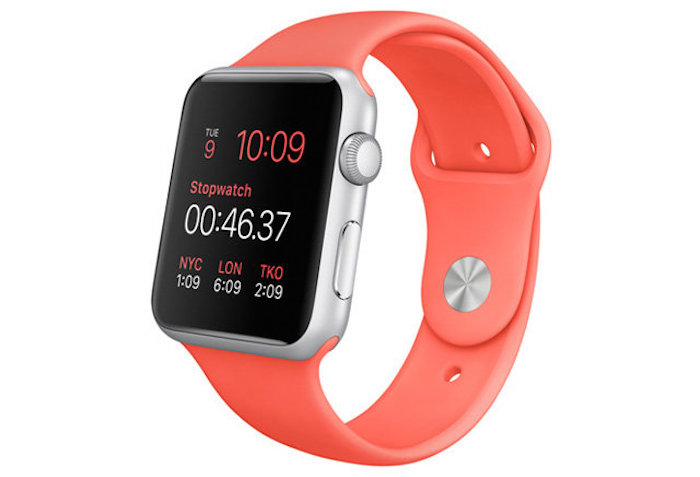
Wearable tracks breast cancer side effects, sleep, mood, activity
A pilot study exploring the use of wearables in breast cancer is underway. Polaris Health Directions and the MD Anderson Cancer Center are using the Apple Watch to track multiple factors, increase engagement, and provide immediate feedback and interventions. Side effects, sleep, activity levels and mood will be monitored, and combined with electronic health records…
-
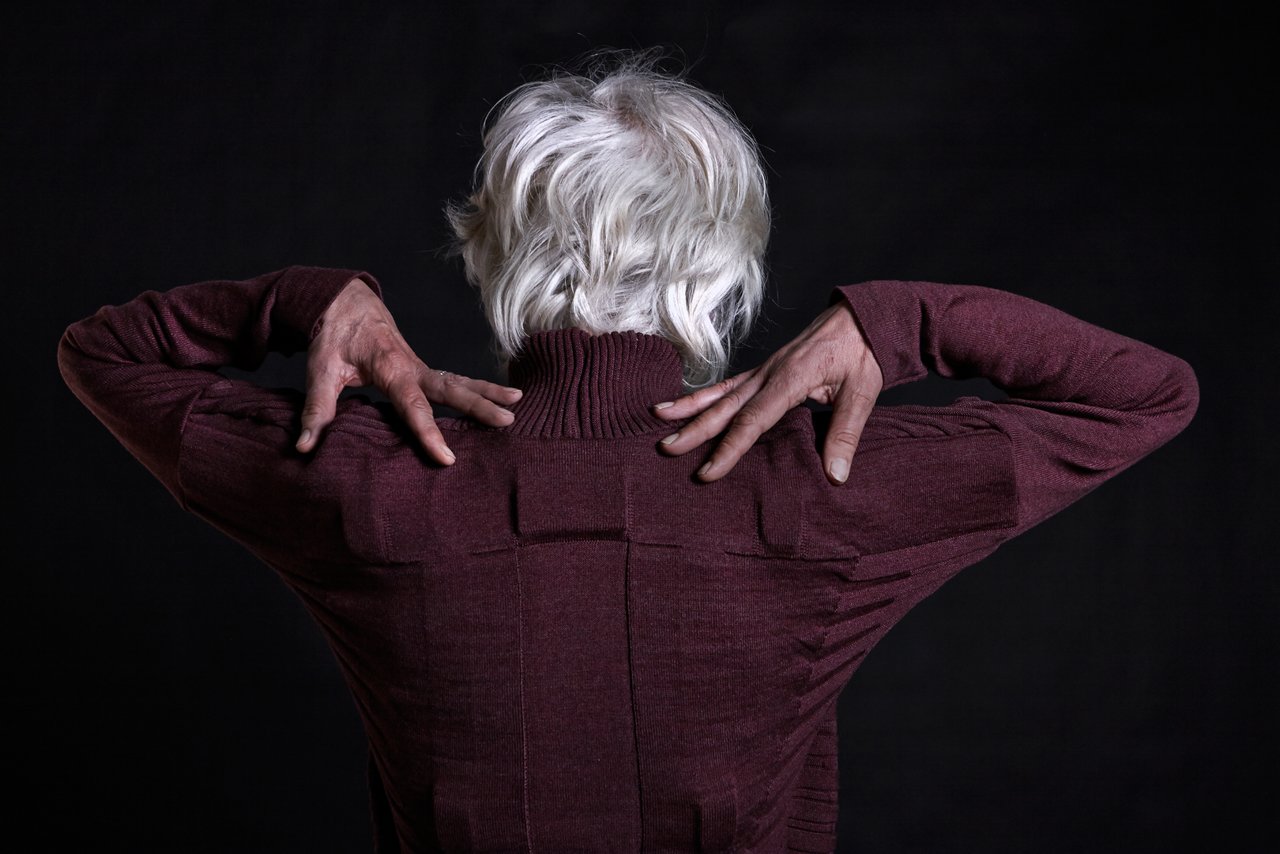
Sensor sweater guides senior rehabilitation
Vigour, by Pauline van Dongen, is a sensor sweater developed for geriatric rehabilitation. The knitted cardigan, with integrated stretch sensors, discreetly and continuously monitors upper body movement. Two sensors monitor lower back movement, and one under each arm monitors shoulder and arm movement. Data is transferred to the user, caregiver, or physician. It can be worn…